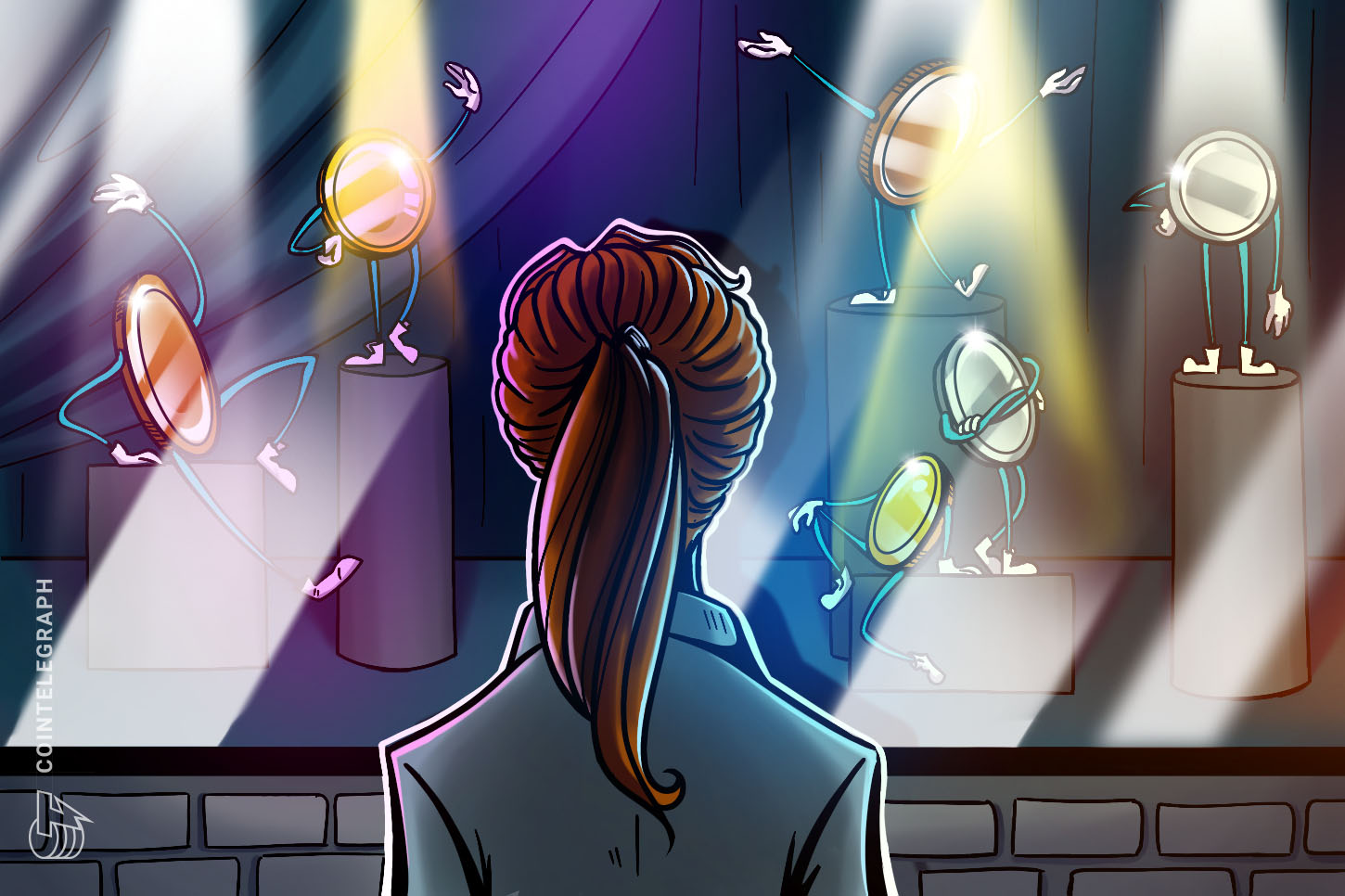Leading contemporary artist Damien Hirst’s nonfungible token (NFT) drop dubbed “The Currency” has been oversubscribed by more than six times.
The NFT drop consists of 10,000 unique colorful dot pattern artworks with a corresponding NFT for each piece. Applications for the NFT drop closed on Thursday, and Heni Group, which hosted the sale, revealed that 32,472 people applied for a total of 67,023 NFTs. That means many applications will either be scaled back or unsuccessful, given there are only 10,000 NFTs available.
Many collectors will now have to seek out the NFTs on secondary markets.
Applications have closed for @hirst_official's The Currency. Thanks to all who applied. 32,472 people applied for a total of 67,023 NFTs. Due to the large number of applicants, allocations will take some time & applicants may not be notified until 28 July. Stay tuned for Phase 2! pic.twitter.com/BGDHTnPO2G
— HENI (@HENIGroup) July 21, 2021
The NFTs were priced at $2,000 each, and the drop included an interesting feature, as the artist is giving collectors one year to decide if they would like to burn the NFT in exchange for the original artwork, or keep the NFT and destroy the original artwork.
The world-renowned artist first entered the crypto space back in February this year after he started accepting payments in Bitcoin and Ether for artworks from a collection of cherry blossom-themed paintings.
In his new NFT venture, the artist is exploring the concept of value behind money and art, in which he asserted their value is determined by social phenomena such as faith and trust.
To loosely depict money in the artworks, there is a holographic image of Hirst in each piece and a signature on the back, along with small individual messages to represent a serial number.
“I’ve never really understood money. It’s like you look at money, in its basic form, [...] all these things, art, money commerce, they’re all ethereal,” Hirst said in a video discussing the drop.
Check out this video of @stephenfry & I discussing 'The Currency': what is art, money, truth? how does it tie into belief? Maybe more importantly, what will people do with the Tenders? Nearing the end of the beginning. Applications close tomorrow 3pm BST. https://t.co/zync3gt29d pic.twitter.com/y9lnY1KY26
— Damien Hirst (@hirst_official) July 20, 2021
Related: Record network activity and a second NFT boom send WAX price higher
Each individual artwork is called a “Tender,” and the artist recently told Cointelegraph that he would “love it” if a collector were able to use the artwork as actual currency due to its value as an NFT. However, he thinks that most people will choose to keep the artwork.
Speaking with CNBC’s Squawk Box on Wednesday, Hirst stated that he thinks digital art forms, such as NFTs, will outlive physical art galleries, as he noted that NFTs depicting “good artwork” can be easily experienced anywhere:
“I think that digital art is probably going to last a lot longer than galleries. I mean, you probably won’t be going into galleries. We’ll be sitting in bars showing each other what we’ve recently bought on our phones, and that’s kind of what we do now.”


